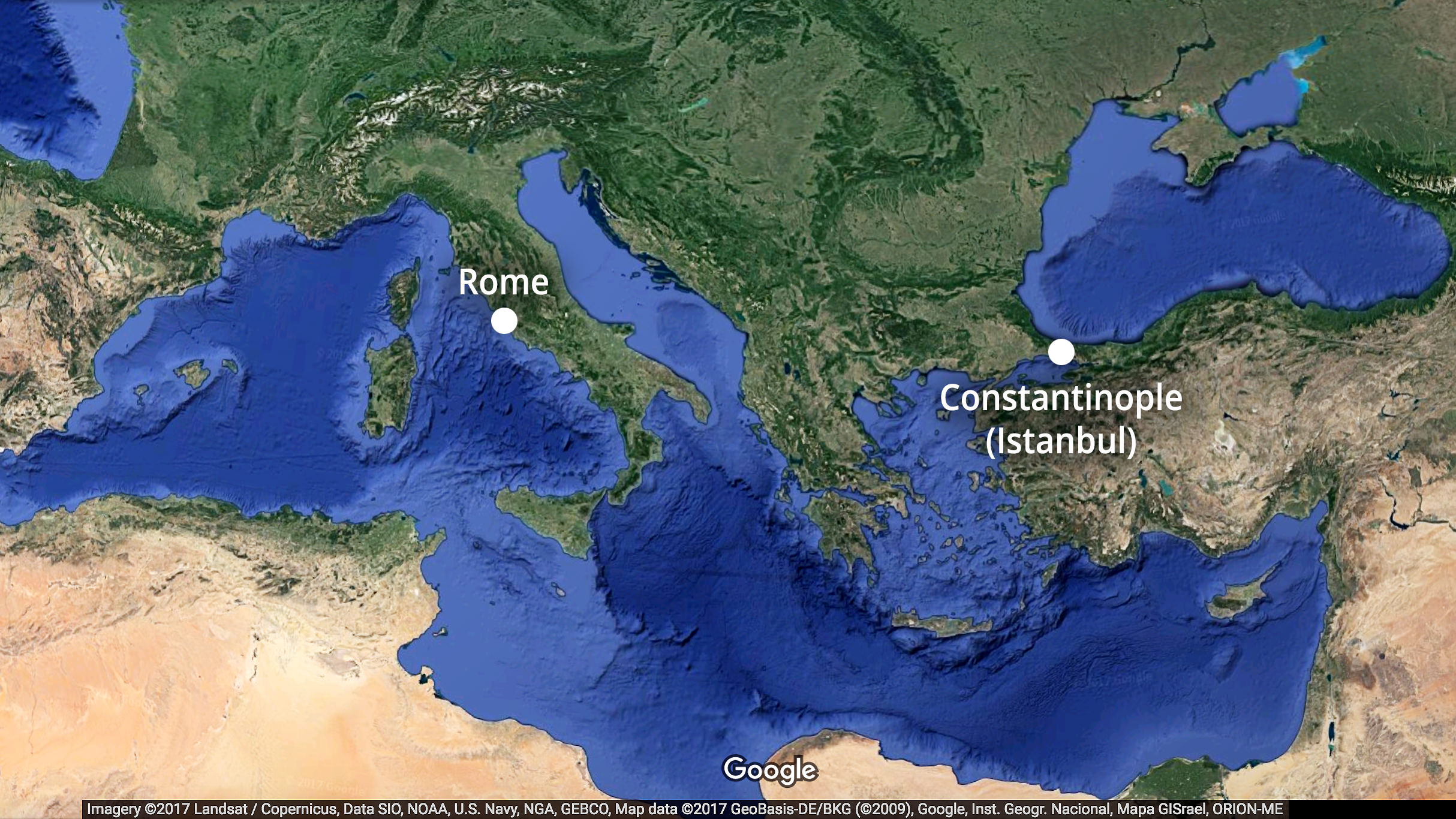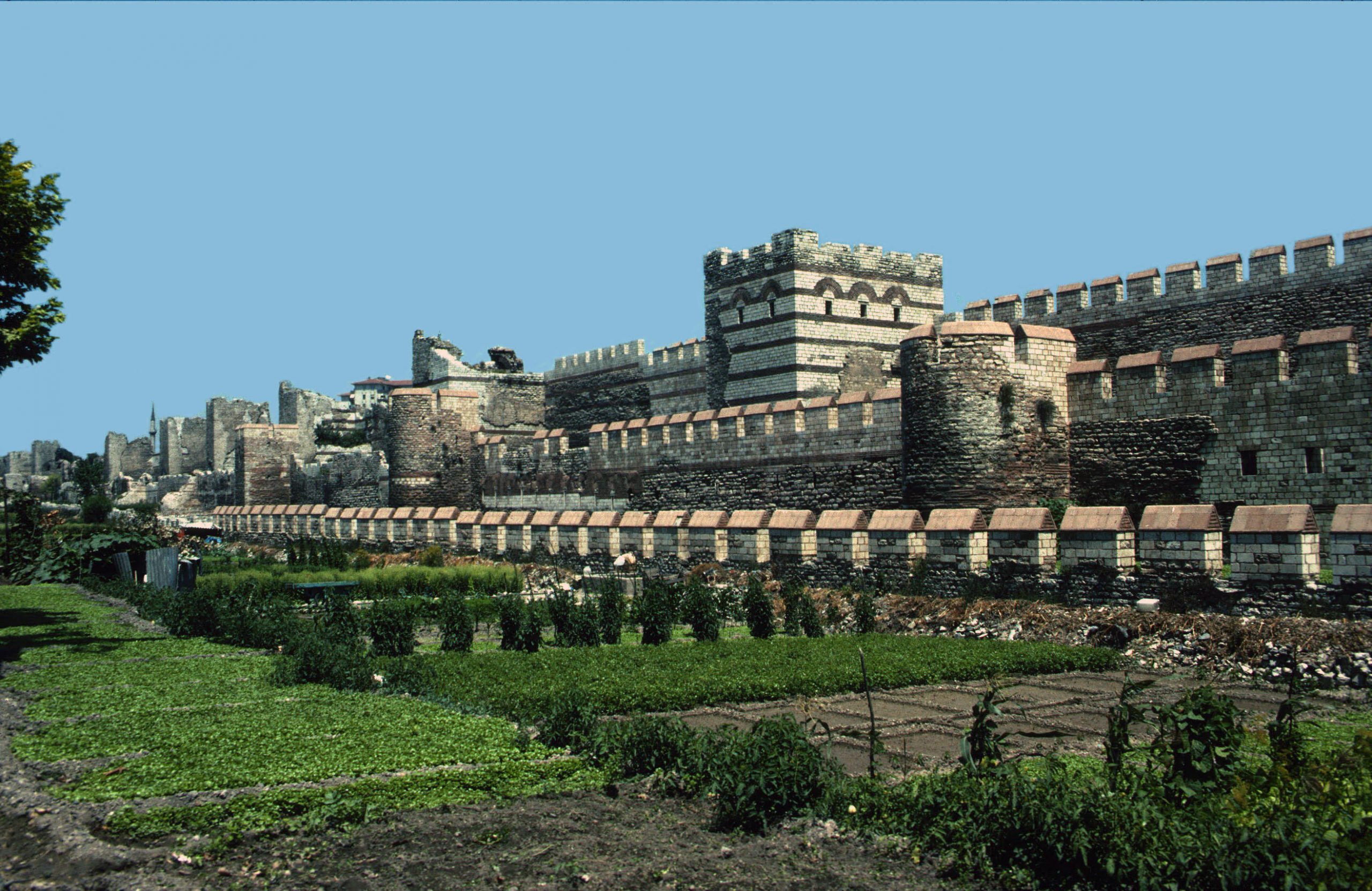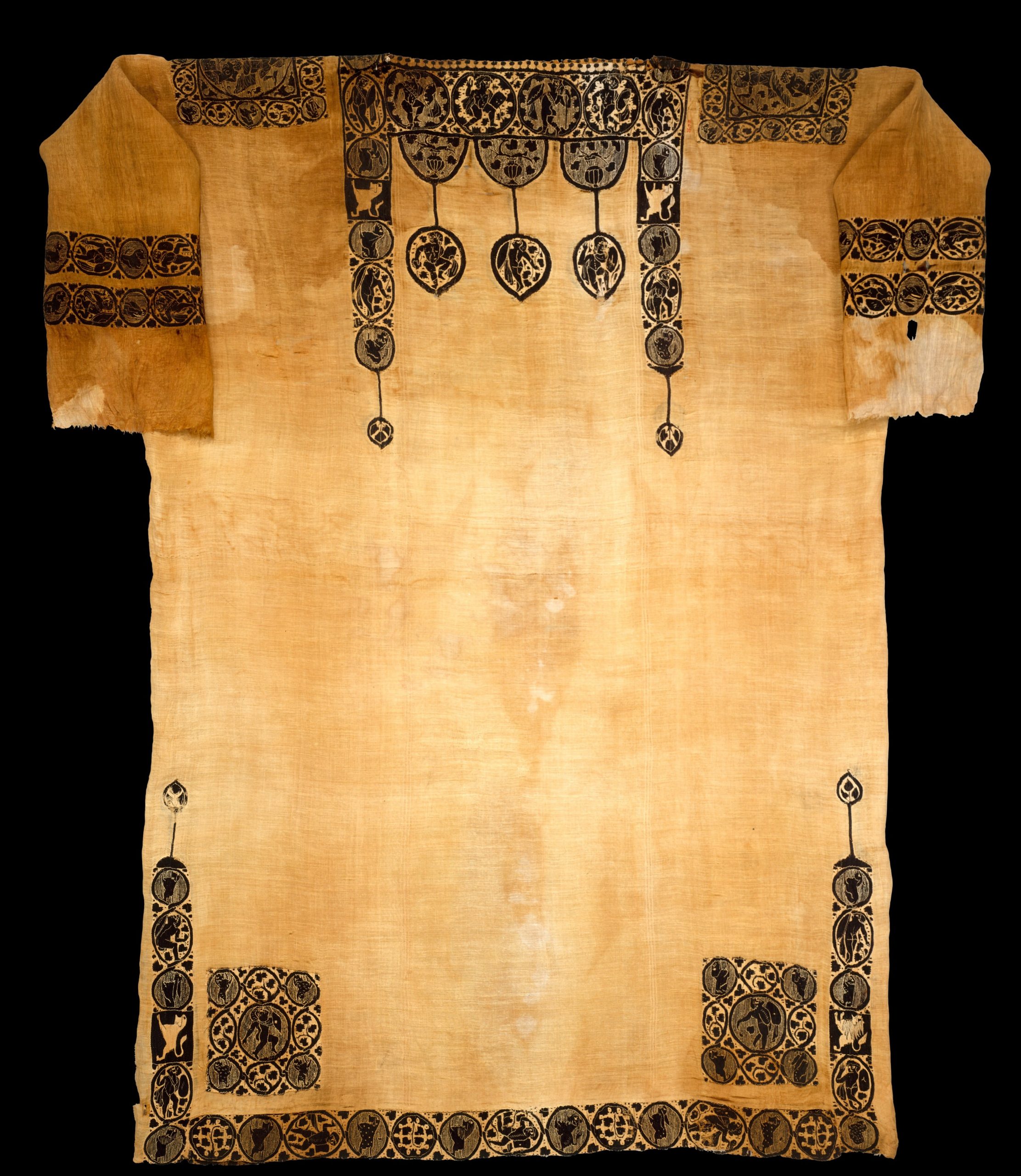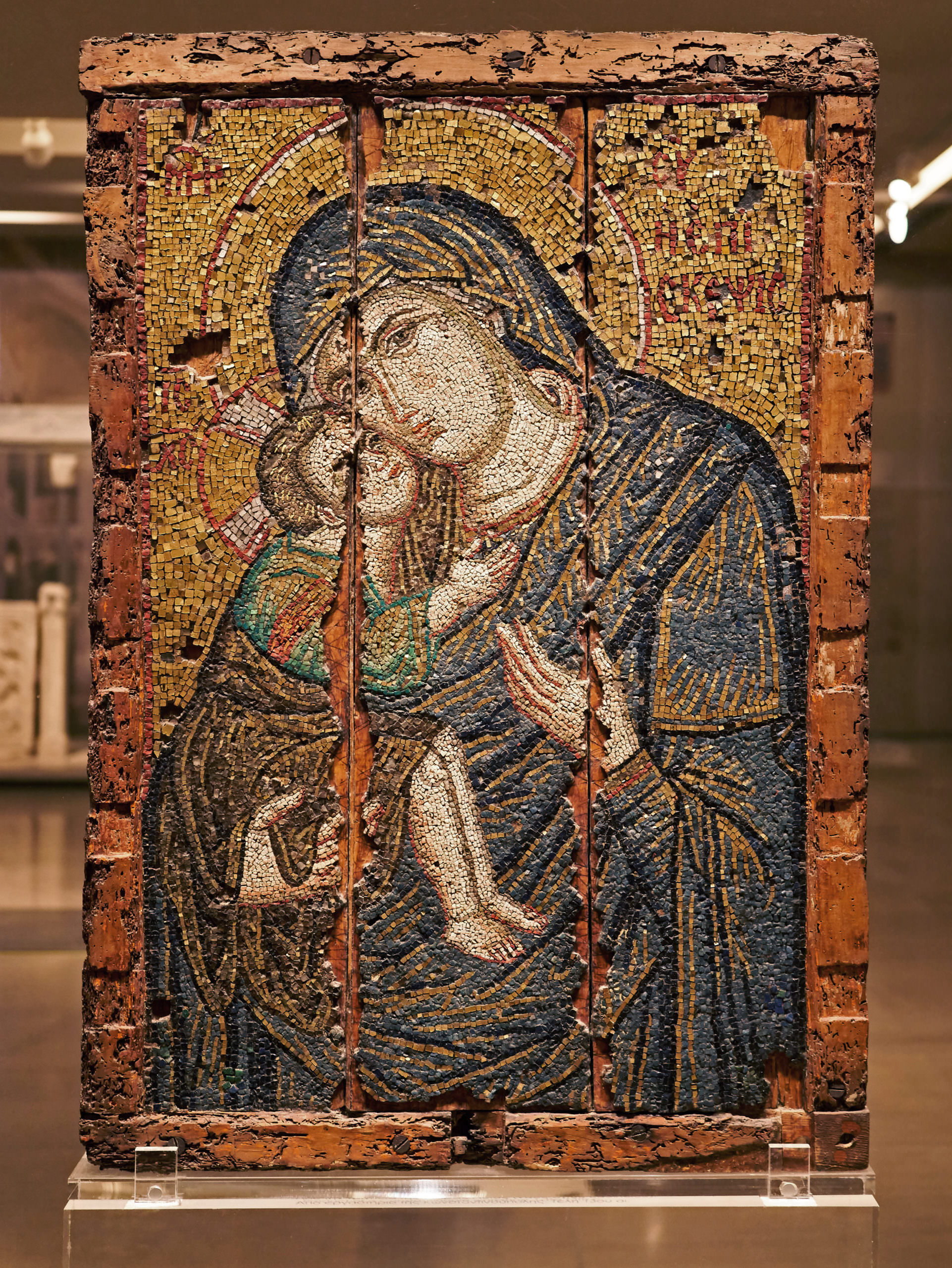Dr. Evan Freeman and Dr. Anne McClanan

The course of the Roman Empire, established by Augustus Caesar in 27 B.C.E., was altered by two significant events that occurred in the fourth century C.E. First, in 313 C.E., the Roman Empire legalized Christianity, which soon became the predominant religion in the empire. Second, in 330 C.E., emperor Constantine moved the empire’s capital from Rome to an ancient Greek city known as Byzantion, which he renamed Constantinople and New Rome (today this city is known as Istanbul, Turkey). Western European historians since the Enlightenment era (the 18th century) have often described the period that followed as the history of the “Byzantine Empire,” or simply as “Byzantium” (after Constantinople’s original name). But despite its new religion and capital, the Byzantine Empire was very much a continu- ation of the Roman Empire. Its citizens even referred to themselves as Romans. Because of this, many scholars now believe that the Byzantine Empire is more accurately termed the “medieval Roman” or “Eastern Roman” Empire.
Like its name, the art and architecture of the Eastern Roman (Byzantine) Empire have often occupied a position in the academic discipline of art history that is ambiguous, if not misleading. Art history textbooks tend to squeeze Byzantine art between late Roman and Islamic arts. The problem with this structure is that Byzantium then appears to have little to do with the arts of western Europe during the middle ages and renaissance—which is not the case. [1]

The Byzantine Empire endured for some 1,123 years from the dedication of Constantinople in 330 until its fall to the Ottomans in 1453 (a year after the birth of Leonardo da Vinci, to put things in perspective). So, despite its dislocation in modern textbooks, Constantinople was well connected through trade and diplomacy with western Europe, eastern Europe, and Asia. Byzantine art and architecture widely influenced—and was influenced by—these many connections with lands and peoples far and near.
In recent decades, several blockbuster museum exhibitions have helped make the arts of the Byzantine Empire better known among the public. Byzantium’s sacred art in particular—its golden icons and domed churches—have become well known. Such works are well represented in textbooks and museum catalogues. But the Byzantines were, like any people, more than their religious rituals and artifacts. They also left behind clothing, jewelry, vessels, and many other non-sacred objects, as well as building palaces, fortifications, and other non-sacred structures.
This book seeks to introduce both the sacred and secular art and architecture of the Eastern Roman (Byzantine) Empire within the larger context of Byzantium’s cross-cultural exchange with near and distant neighbors.
The “Beginner’s guide” introduces foundational concepts, such as the chronology of Byzantine history, sacred imagery, and wearable objects. Subsequent sections are arranged chronologically, covering the Early Byzantine period (c. 330–700), the Iconoclastic Controversy (c. 700s–843), the Middle Byzantine period (843–1204), the Latin Empire (c. 1204–1261), and the Late Byzantine period (c. 1261–1453) and beyond.
These sections include thematic essays on Byzantine art and architecture, essays that focus on key works (subtitled artworks in focus or architecture in focus), and essays that explore Byzantium’s relationships with other cultures (subtitled cross-cultural perspectives). Finally, we have included questions for study or discussion to encourage teachers, students, and other readers to engage with videos and other content on the Smarthistory website which could not be included in this book format but which we believe richly compliments what is presented here.


This is a first edition of what we envision to be an ongoing collaborative project. We look forward to expanding the range of perspectives on Byzantine art at the Smarthistory website and in this companion ebook as scholars continue to share their expertise. For now, we hope that this book will enable first-time and longtime learners alike to explore and better understand the art and architecture, cross-cultural connections, and enduring legacy of the Eastern Roman, or Byzantine, Empire.
[1] Robert S. Nelson, “Living on the Byzantine Borders of Western Art,” Gesta 35.1 (1996): 3–11; Robert S. Nelson, “The Map of Art History,” The Art Bulletin 79.1 (March 1997): 28–40.
